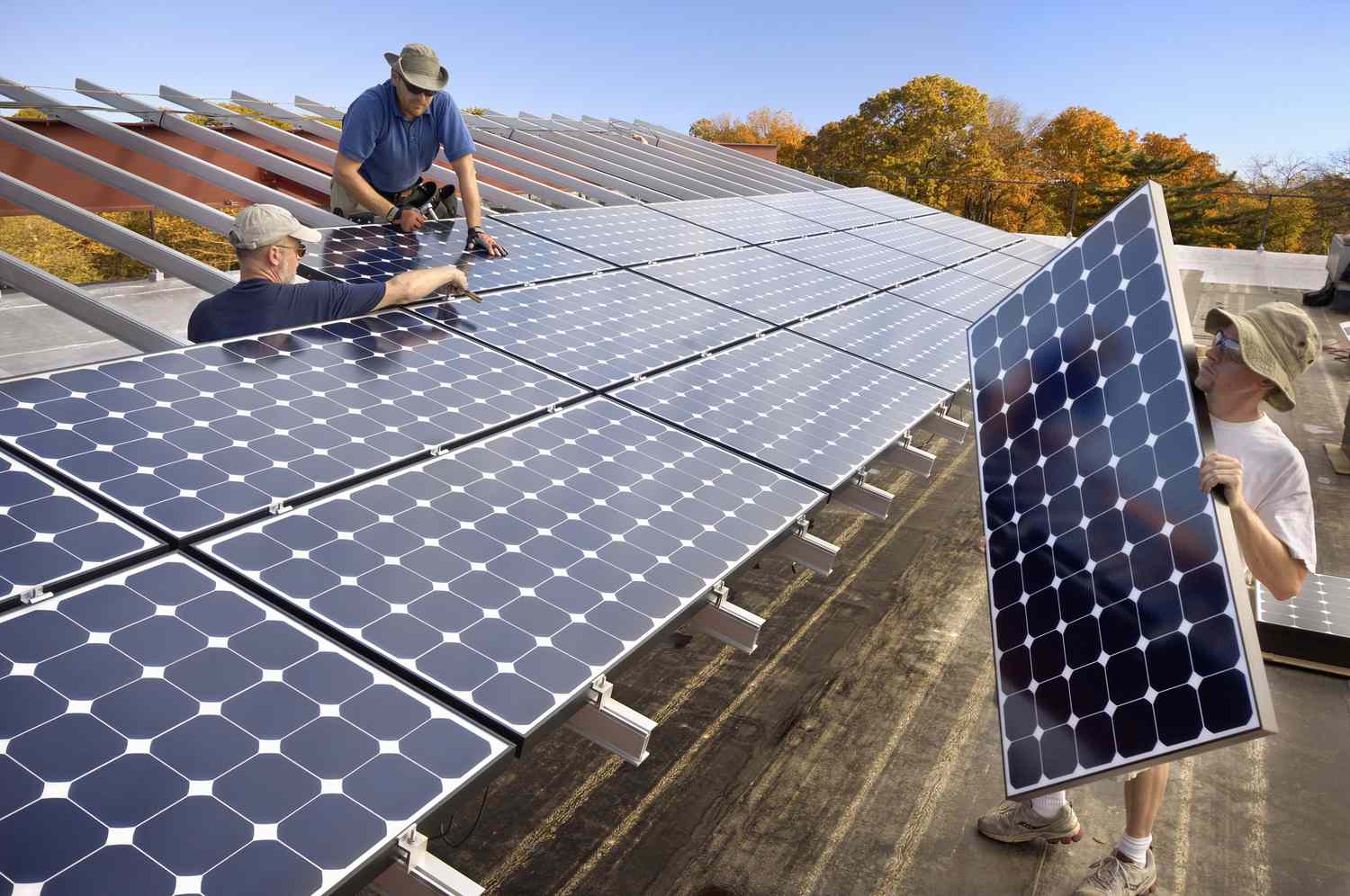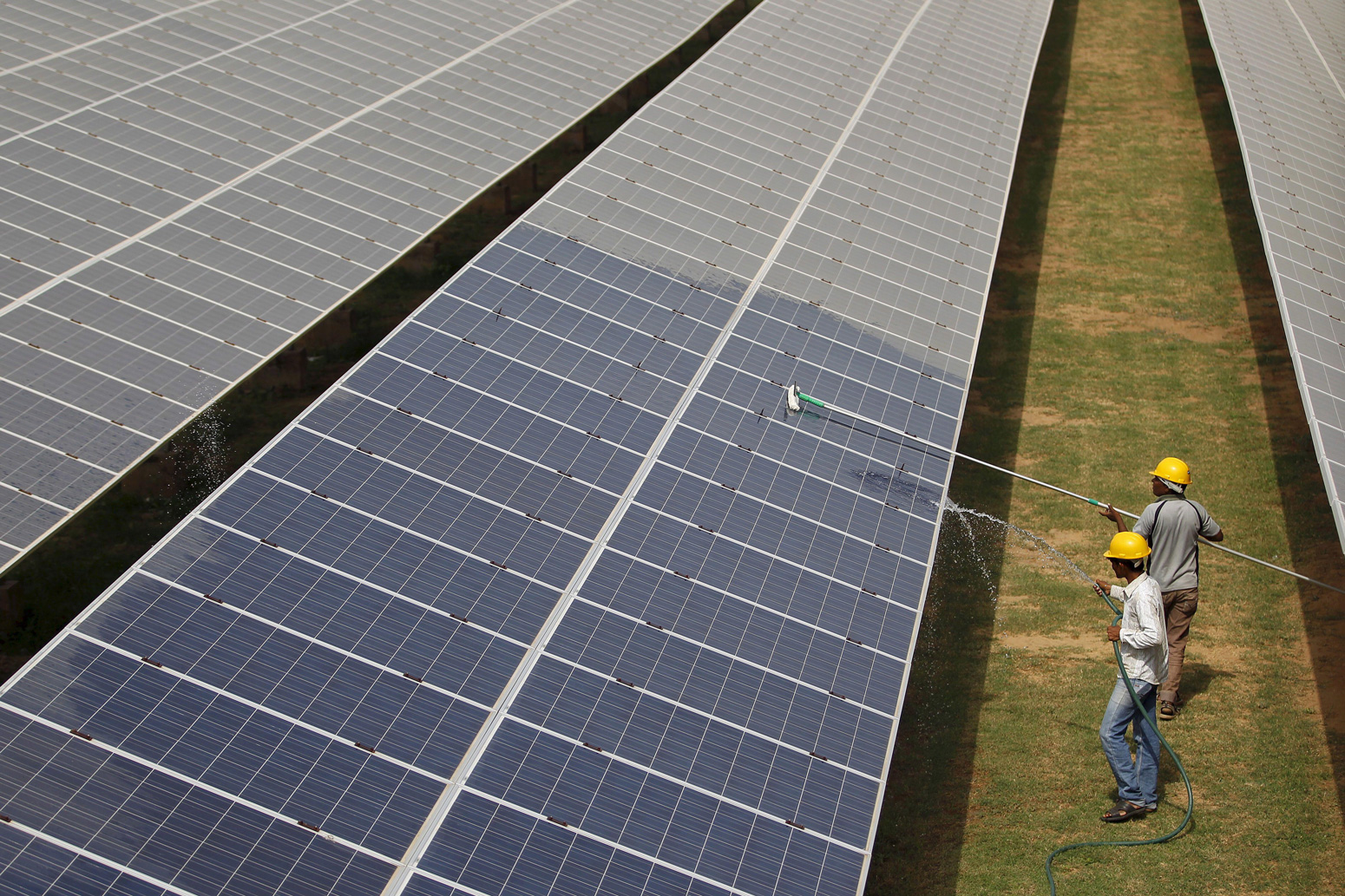5 Ways Solar Energy Influences Economic Development
Solar energy drives economic growth: IRENA notes $1M solar investment creates 7.4 jobs (vs. 2.5 in fossil fuels), while cutting industrial power costs by 20-30%, spurring local business expansion and investment.
Lowering Business Energy Costs
In the U.S., commercial electricity prices average around $0.12 per kWh, but this can spike dramatically during peak demand hours, adding thousands of dollars to monthly bills. Solar energy is fundamentally changing this equation by allowing companies to lock in a low, predictable energy cost for decades. The upfront investment, which has plummeted by over 60% in the last decade, is now often cash-flow positive from day one. A typical 200 kW commercial rooftop system can offset 60-90% of a building's electricity consumption, slashing monthly utility bills and providing a financial cushion that boosts competitiveness and reinvestment potential.
The core of the value proposition is the dramatic reduction in Levelized Cost of Energy (LCOE). For commercial solar, the unsubsidized LCOE now hovers between 0.05to0.08 per kWh, a rate that is significantly lower and more stable than utility tariffs in most regions. This isn't a minor saving; it's a structural shift. A manufacturing facility in Ohio, for instance, might install a 500 kW ground-mounted array on unused land for an average cost of 1.2 million.With a 260.11/kWh, this translates to $77,000 in avoided costs every year, yielding a payback period of just 5-7 years.
This long-term price hedge is arguably more valuable than the savings themselves. A 20-year Power Purchase Agreement (PPA) can lock in a rate of $0.065/kWh with an annual escalator of just 2%, far below the historical 3.5%+ annual increase of grid power. This predictability allows for accurate multi-year financial forecasting.
Maintenance is a frequently overlooked financial advantage. Modern solar systems are largely passive. With no moving parts beyond inverters, which typically carry 10-year warranties, operational expenses are minimal, often just 15−25 per kW annually for basic cleaning and inspections. This contrasts sharply with maintaining onsite generators or dealing with volatile fossil fuel prices. The technology itself is also more reliable; tier-1 monocrystalline panels degrade at a rate of less than 0.5% per year, ensuring 92% performance even after 25 years.

Creating New Local Jobs
The solar industry has become a powerful engine for local job creation across the United States, employing over 250,000 Americans as of 2023. Unlike many tech sectors concentrated in specific hubs, solar jobs are inherently local and cannot be outsourced. They are spread across every state, with significant growth in roles like installation, sales, and maintenance. The industry added over 36,000 new jobs in the past year alone, representing a 12% growth rate that far outpaces the overall national economy. This growth is fueled by the physical, on-site nature of solar projects. A single 10 MW community solar farm—powering about 1,800 homes—requires over 200 local workers for its construction phase, spanning roles from electricians and engineers to laborers and project managers, directly injecting capital into the regional economy.
The breakdown of employment reveals a diverse and resilient job market. While manufacturing has global supply chains, the vast majority—over 80%—of solar jobs are in local installation, project development, and Operations & Maintenance (O&M). These positions require a physical presence and offer stable, long-term careers. For example, a standard 6 kW residential installation typically requires a crew of 4-5 installers for 2-3 days, alongside local permit specialists, inspectors, and sales consultants. The following table outlines the distribution and median wages for these crucial local roles, which often pay 15-20% above the median wage for similar construction trades.
Job Category | % of Solar Workforce | Median Hourly Wage | Key Local Activities |
Installation Crews | 55% | $24.50 | Site assessment, system design, panel mounting, electrical wiring |
Project Management | 15% | $38.75 | Permitting, supply chain logistics, client management, crew scheduling |
Sales & Consulting | 12% | $27.00 + commission | Lead generation, site-specific financial analysis, customer acquisition |
System Maintenance | 8% | $26.25 | Performance monitoring, biannual cleaning, inverter repairs, warranty work |
The longevity of these jobs is a key benefit. Once installed, a solar array requires ongoing maintenance for its 25+ year lifespan. This creates a permanent, local service industry. A single O&M technician can manage up to 150 systems annually, performing an average of 2-3 site visits per system for cleaning and diagnostics.
The economic multiplier effect is substantial. Money saved on energy bills by households and businesses is re-spent locally on other goods and services, further stimulating the economy. Studies show that for every 1 million invested in solar, 15-20 local jobs are created across various sectors. Furthermore, the barrier to entry for many solar jobs is accessible; many installer positions require only a high school diploma and a 6-12 week certification program, with starting wages around 18-$20 per hour. This provides a viable pathway to a skilled trade career without the burden of a four-year degree, creating economic opportunity in communities that need it most. This localized, high-growth employment model makes solar a cornerstone for building resilient and equitable local economies.
Boosting Rural Electricity Access
Extending traditional power lines is often prohibitively expensive, with costs ranging from 18,000 to 50,000 per mile. Solar power, particularly through decentralized systems like microgrids and home kits, is providing a rapid and cost-effective solution. In Sub-Saharan Africa, where over 570 million people lack electricity, solar home systems are now serving more than 20 million people. A basic 50-watt solar kit—enough to power 4 LED lights, a radio, and a phone charger—can be purchased for less than $100, offering a transformative level of energy access where traditional infrastructure may not reach for years or even decades.
The economics of rural solar are fundamentally different from grid extension. A solar microgrid capable of powering 50-100 households and small businesses can be installed for a fraction of the cost of pulling central grid lines. The key components have seen dramatic price drops: a high-efficiency 385W panel now costs under 200, and a 5 kWh lithium-ion cell storage unit, sufficient for 12-18 hours of backup power, has fallen below 1,500. This makes a community system viable with an average initial investment of 25,000 to 60,000, recoverable through modest user fees. The implementation timeline is also drastically shorter; a microgrid can be designed and installed in under 3 months, compared to the multi-year planning and construction required for grid infrastructure.
Solution Type | Typical Capacity | Households Served | Key Appliances Powered | Estimated Cost per Connection |
Solar Home System | 50W - 300W | 1 | LED Lights, Phone Charging, Small TV | 80−400 |
Solar Microgrid | 5 kW - 50 kW | 20 - 150 | Refrigeration, Grain Mills, Water Pumps, SMEs | 500−1,200 |
Hybrid Solar-Diesel Minigrid | 50 kW - 1 MW | 150 - 2,000 | Full Commercial & Residential Loads | 1,500−3,000 |
The impact on daily life and local economies is immediate. With reliable lighting, children's study hours can increase by over 45%. Small businesses, like tailoring shops or mills, can operate for 3-4 more hours per day. Solar-powered irrigation pumps can increase crop yields by up to 300% by enabling dry-season farming. The pay-as-you-go (PAYG) financing model, where users make small daily payments via mobile money, has been crucial for adoption, with default rates typically below 5%. This model has enabled companies to deploy over 1.5 million systems across East Africa alone. The reliability of these systems is high, with modern equipment designed to withstand harsh conditions, featuring IP67-rated weatherproof components and 25-year performance warranties. This decentralized approach is not just a stopgap measure; it is a permanent, scalable, and economically sustainable solution for achieving universal energy access.
Reducing National Fuel Imports
For instance, in 2022, India imported over 180 billion worth of crude oil and natural gas, accounting for nearly 25 10 per barrel increase in global oil prices can widen a nation's trade deficit by 0.4% of GDP. Solar energy offers a powerful, domestic alternative to reduce this dependency. By generating electricity from sunlight instead of imported coal or gas, countries can directly lower their need for foreign fuel shipments, improve their balance of trade, and enhance their energy security against international crises.
The substitution effect of solar power is direct and measurable. Every megawatt-hour (MWh) of electricity generated by a solar array displaces an equivalent amount of power that would have been produced by burning imported fossil fuels. The math is compelling: a single 100 MW solar farm, producing roughly 180,000 MWh annually, can offset the need for:
· ~40 million cubic meters of imported natural gas.
· ~65,000 metric tons of imported coal.
· ~360,000 barrels of imported oil.
For a country like Japan, which relies on imports for over 88% of its primary energy supply, scaling solar capacity directly translates into fewer liquefied natural gas (LNG) cargoes purchased on the spot market, where prices can be extremely volatile. In 2021, solar generation in Japan avoided 6 billion in fossil fuel import costs. The cumulative impact of large-scale solar adoption is profound. Germany's Energiewende (energy transition) policy, which has prioritized renewables like solar for two decades, has reduced its natural gas imports by an estimated 15 2-4 billion annually in avoided fuel imports, depending on local fuel mix and international prices.

Supporting Small Energy Entrepreneurs
In India, over 50,000 micro-enterprises are engaged in solar product sales and installation, while in East Africa, Pay-As-You-Go (PAYG) solar companies have created a network of over 25,000 local agents. These entrepreneurs are not just installers; they are financiers, technicians, and salespeople, building hyper-local businesses that address energy poverty directly. The initial capital required to start a small solar distribution business can be as low as 5,000−10,000, covering an initial inventory of 50-100 entry-level solar kits, marketing materials, and training, making it one of the most accessible tech-enabled small business models in emerging markets.
The business model for these entrepreneurs is robust and offers multiple revenue streams. A typical entrepreneur might sell a range of products:
· Basic 10W-20W kits (lights & phone charging) for 30−50
· Advanced 50W-100W systems (TV, fan) for 150−300
· Small-appliance systems (solar irrigation, refrigeration) for $800+
Their average margin on these sales ranges from 25% to 40%. However, the real financial sustainability often comes from recurring revenue through servicing and PAYG plans. An agent managing a portfolio of 200 PAYG customers collects small daily or weekly payments via mobile money, typically earning a 5-10% commission on each transaction. This generates a steady monthly income of 400−600 for the agent while providing customers with affordable access. The entrepreneur's operational cycle is tight; they can often recoup their initial inventory investment in under 4 months due to high demand and rapid sales turnover. Training is concise and effective, with most technical certification programs lasting under 6 weeks and focusing on practical skills like system installation, basic troubleshooting, and financial literacy for managing customer payments.
Scalability is a key feature. A successful entrepreneur in a rural region might begin by serving 5-10 customers per month. Within a year, with proven demand and a reputation for reliability, they can scale to moving 30-40 systems monthly, requiring them to hire 2-3 additional installers and potentially opening a small storefront. This creates a local economic multiplier effect. The business generates direct revenue for the owner and employees, but also enables productivity gains for their customers—a farmer using a solar pump or a shopkeeper with extended hours due to solar lighting. The default rate for these micro-entrepreneurs' customers is surprisingly low, often below 5%, because the service provides immediate, tangible value.